Home>Home Appliances>Laundry Appliances>Why Won’t My Washing Machine Spin
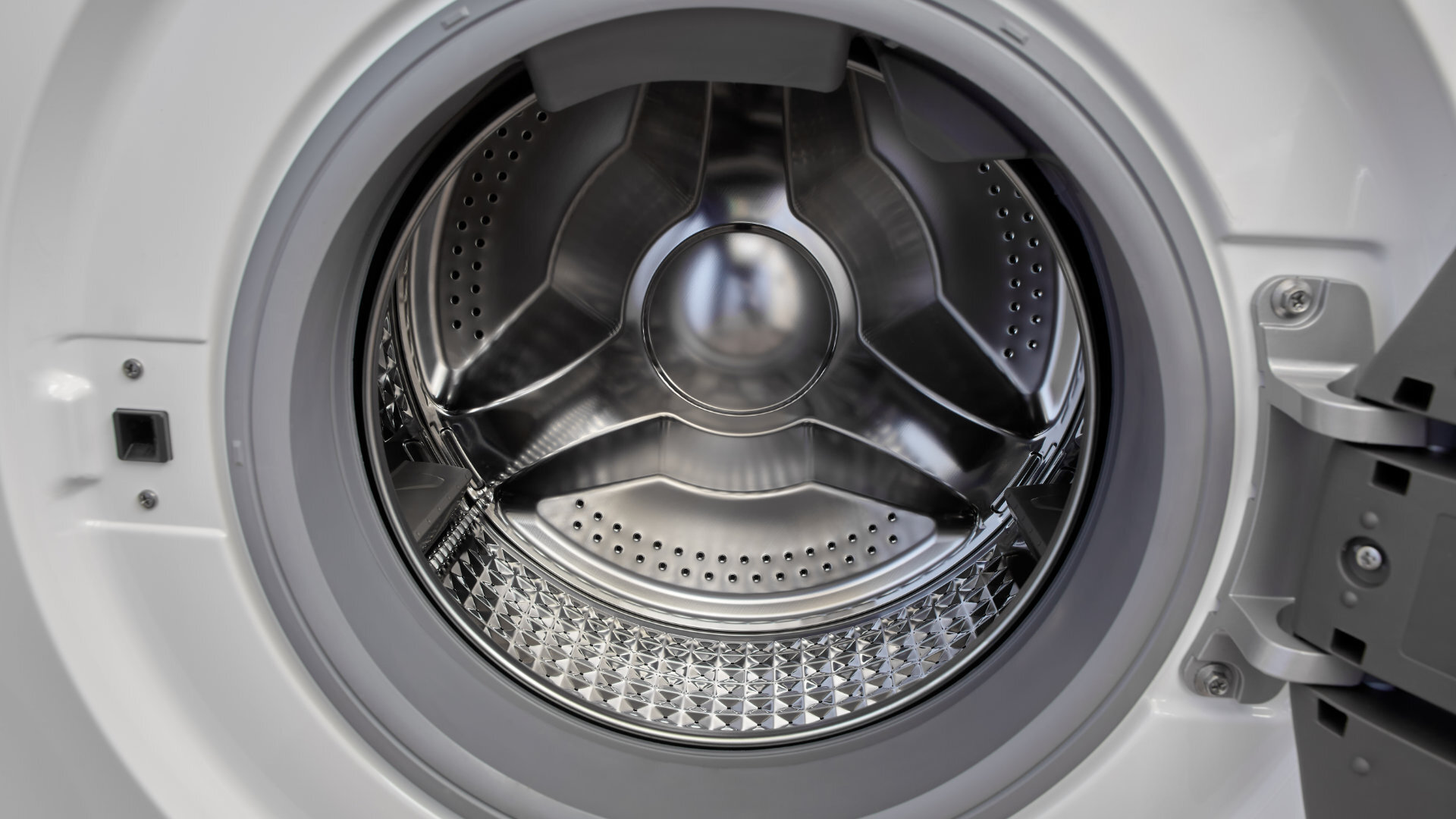

Laundry Appliances
Why Won’t My Washing Machine Spin
Published: February 21, 2024
Discover common reasons why your laundry appliances may not be spinning and how to troubleshoot the issue. Get expert tips and solutions for a fully functional washing machine.
(Many of the links in this article redirect to a specific reviewed product. Your purchase of these products through affiliate links helps to generate commission for Storables.com, at no extra cost. Learn more)
Common Reasons for Washing Machine Not Spinning
When your washing machine fails to spin, it can be a frustrating experience. However, understanding the common reasons behind this issue can help you troubleshoot and resolve the problem effectively. Here are some of the most frequent causes for a washing machine not spinning:
-
Lid Switch Malfunction: The lid switch serves as a safety feature to prevent the washer from spinning when the lid is open. If the switch is faulty or misaligned, it can disrupt the spinning cycle. To check the lid switch, open and close the lid of the washing machine. If you do not hear a clicking sound, the switch may need to be replaced.
-
Drive Belt Issues: A worn or broken drive belt can impede the spinning function of the washing machine. Inspect the belt for signs of wear, such as fraying or cracking. Additionally, ensure that the belt is properly positioned on the pulleys. If the belt appears damaged or loose, it may be necessary to replace it with a new one.
-
Motor Coupler Damage: The motor coupler connects the motor to the transmission and enables the washer to spin. Over time, the coupler can wear out or break, leading to a loss of spinning action. To diagnose this issue, access the motor and transmission to examine the coupler. If it appears worn or broken, replacing it can restore the spinning functionality of the washing machine.
-
Motor Control Board Failure: The motor control board regulates the motor speed and direction during the wash and spin cycles. If the control board malfunctions, it can disrupt the spinning process. Check for any visible signs of damage on the control board, such as burnt components or loose connections. If the board appears defective, replacing it may be necessary to resolve the spinning issue.
By understanding these common reasons for a washing machine not spinning, you can take proactive steps to address the underlying issues. Whether it involves inspecting the lid switch, examining the drive belt, inspecting the motor coupler, or verifying the motor control board, identifying and resolving these issues can restore your washing machine's spinning functionality, allowing you to enjoy clean and properly laundered clothes once again.
Key Takeaways:
- Don’t panic if your washing machine won’t spin! Check the lid switch, drive belt, motor coupler, and motor control board for common issues. Addressing these can restore your machine’s spinning power and keep your clothes clean.
- Keep your washing machine spinning smoothly by inspecting the lid switch and drive belt for wear and misalignment. Also, check the motor coupler and control board for damage, and address any issues promptly to maintain optimal performance.
Read more: Why Wont My Washer Turn On
Checking the Lid Switch
The lid switch of a washing machine plays a crucial role in ensuring the safety of its operation. When the lid is open, the switch interrupts the spinning cycle to prevent any mishaps. However, if the lid switch malfunctions, it can lead to the washing machine not spinning as expected.
To begin the inspection of the lid switch, start by opening and closing the lid of the washing machine. Listen closely for a distinctive clicking sound, which indicates that the lid switch is functioning properly. If you do not hear this clicking sound, it is likely that the lid switch is faulty and needs to be addressed.
In some cases, the lid switch may become misaligned, causing it to not engage properly when the lid is closed. This misalignment can disrupt the spinning cycle, leading to the washing machine's inability to spin. Therefore, it is essential to ensure that the lid switch is correctly positioned and aligned to function seamlessly.
If the lid switch is suspected to be the cause of the spinning issue, it may be necessary to conduct a more in-depth examination. This can involve accessing the internal components of the washing machine to inspect the condition of the lid switch. Carefully examine the switch for any visible signs of damage or wear, such as frayed wires or loose connections. Additionally, check for any accumulation of debris or foreign objects that may be obstructing the proper operation of the lid switch.
In the event that the lid switch is found to be defective or damaged, it is advisable to seek professional assistance or refer to the manufacturer's guidelines for replacing the switch. This process typically involves disconnecting the power supply, removing the old lid switch, and installing a new one in its place. It is crucial to follow the recommended procedures and safety precautions to ensure the proper installation of the new lid switch.
By addressing any issues related to the lid switch, you can effectively eliminate this potential cause of the washing machine not spinning. This proactive approach can contribute to the smooth and safe operation of the appliance, allowing you to maintain the functionality of your washing machine for years to come.
Examining the Drive Belt
The drive belt in a washing machine is a fundamental component that facilitates the spinning action during the wash cycle. When the drive belt encounters issues, it can significantly impact the machine's ability to spin effectively. Therefore, a thorough examination of the drive belt is essential in troubleshooting the spinning problem.
To initiate the inspection, it is crucial to access the internal components of the washing machine. This typically involves unplugging the machine and locating the access panel at the rear or front of the appliance. Upon removing the panel, the drive belt becomes visible, positioned around the motor and the drum pulley.
The first aspect to assess is the condition of the drive belt. Look for any signs of wear, such as fraying, cracking, or stretching. A worn-out drive belt is a common cause of the washing machine not spinning. Additionally, check for any looseness or misalignment of the belt on the pulleys. A loose or misaligned belt can hinder the transmission of power, leading to a lack of spinning action.
Furthermore, examine the tension of the drive belt. A properly tensioned belt is essential for maintaining the necessary grip and traction to facilitate the spinning motion. If the belt appears loose or slack, it may need to be adjusted or replaced to restore optimal tension.
In some cases, the drive belt may have slipped off the pulleys entirely, rendering the spinning function inoperative. If this is the case, carefully reposition the belt onto the pulleys, ensuring it aligns correctly to prevent any future slippage.
If the drive belt exhibits any of the aforementioned issues, such as wear, misalignment, or inadequate tension, it may be necessary to replace the belt with a new one. Refer to the manufacturer's guidelines or seek professional assistance to ensure the proper selection and installation of a compatible drive belt for your specific washing machine model.
By thoroughly examining the drive belt and addressing any identified issues, you can effectively eliminate this potential cause of the washing machine not spinning. This proactive approach contributes to the efficient operation of the appliance, ensuring that the spinning functionality is restored, and the washing machine can continue to deliver optimal performance.
Check if the load is unbalanced or too heavy. Make sure the lid is closed properly. Clean the drain pump filter and check for any blockages. If the issue persists, it may be a problem with the motor or belt.
Inspecting the Motor Coupler
The motor coupler in a washing machine serves as a vital component that facilitates the connection between the motor and the transmission. This linkage enables the rotational energy from the motor to be transmitted to the agitator and drum, allowing the washing machine to perform its washing and spinning functions seamlessly. However, over time, the motor coupler may experience wear and tear, leading to potential issues that can disrupt the spinning action of the appliance.
To begin the inspection of the motor coupler, it is necessary to access the internal components of the washing machine. This typically involves unplugging the appliance and locating the access panel, which provides visibility to the motor, transmission, and associated components. Once the access panel is removed, the motor coupler becomes accessible for examination.
The first aspect to assess is the physical condition of the motor coupler. Look for any visible signs of wear, such as cracks, breakage, or deformation. Additionally, check for any accumulation of debris or foreign objects that may have infiltrated the coupler, potentially impeding its functionality. It is essential to ensure that the motor coupler is free from any obstructions that could hinder its ability to transmit rotational energy effectively.
Furthermore, evaluate the alignment of the motor coupler. A misaligned coupler can lead to inefficiencies in power transmission, resulting in the washing machine's inability to spin as intended. Carefully inspect the positioning of the coupler to verify that it is correctly aligned with both the motor and the transmission. Any deviations from the proper alignment should be addressed to restore optimal functionality.
In some cases, the motor coupler may exhibit signs of wear, such as worn-out rubber or plastic components. This wear and tear can compromise the integrity of the coupler, leading to a loss of efficiency in transmitting power. If the coupler appears worn or damaged, it may be necessary to replace it with a new one to restore the smooth transmission of rotational energy within the washing machine.
Upon completing the inspection of the motor coupler, it is crucial to address any identified issues promptly. Whether it involves cleaning out debris, realigning the coupler, or replacing a worn-out component, taking proactive measures can contribute to the effective restoration of the washing machine's spinning functionality. By ensuring the optimal condition and alignment of the motor coupler, you can uphold the efficient operation of the appliance, allowing it to continue delivering reliable performance for your laundry needs.
Verifying the Motor Control Board
The motor control board serves as a critical component in regulating the operation of the washing machine's motor during the wash and spin cycles. When the motor control board experiences malfunctions or failures, it can significantly disrupt the spinning functionality of the appliance. Therefore, conducting a thorough verification of the motor control board is essential in troubleshooting the washing machine's spinning issues.
To initiate the verification process, it is necessary to access the internal components of the washing machine. This typically involves unplugging the appliance and locating the access panel, which provides visibility to the motor control board and associated electrical connections. Once the access panel is removed, the motor control board becomes accessible for examination.
The first step in verifying the motor control board involves a visual inspection for any visible signs of damage or irregularities. Look for burnt components, such as resistors or capacitors, which may indicate electrical issues that have affected the functionality of the board. Additionally, check for loose or corroded connections on the board, as these can disrupt the transmission of electrical signals, leading to erratic motor operation.
Furthermore, it is essential to assess the integrity of the circuitry on the motor control board. Carefully examine the circuit board for any signs of physical damage, such as cracks or breaks in the conductive pathways. Any physical damage to the circuitry can impede the proper transmission of electrical signals, affecting the motor's performance during the spinning cycle.
In some cases, the motor control board may exhibit symptoms of internal failure, such as erratic motor operation or a complete lack of response during the spinning cycle. These symptoms can indicate underlying issues within the control board that require further diagnosis and potential replacement.
If the visual inspection does not reveal any apparent issues, it may be necessary to perform electrical testing on the motor control board. Using a multimeter or similar testing equipment, verify the continuity of the electrical pathways and components on the board. This testing can help identify any faulty components or circuitry that may be contributing to the washing machine's spinning problems.
Upon completing the verification process, it is crucial to address any identified issues promptly. Whether it involves replacing damaged components, repairing circuitry, or installing a new motor control board, taking proactive measures can contribute to the effective restoration of the washing machine's spinning functionality. By ensuring the optimal condition and functionality of the motor control board, you can uphold the efficient operation of the appliance, allowing it to continue delivering reliable performance for your laundry needs.
Frequently Asked Questions about Why Won't My Washing Machine Spin
Was this page helpful?
At Storables.com, we guarantee accurate and reliable information. Our content, validated by Expert Board Contributors, is crafted following stringent Editorial Policies. We're committed to providing you with well-researched, expert-backed insights for all your informational needs.
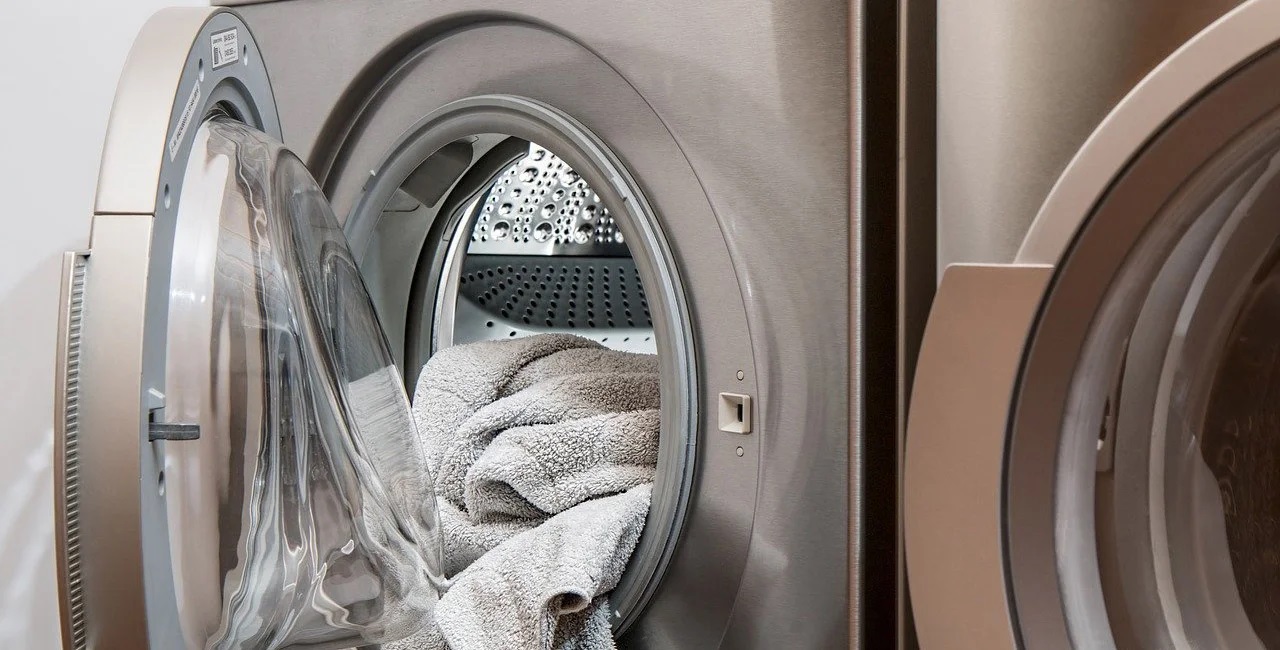
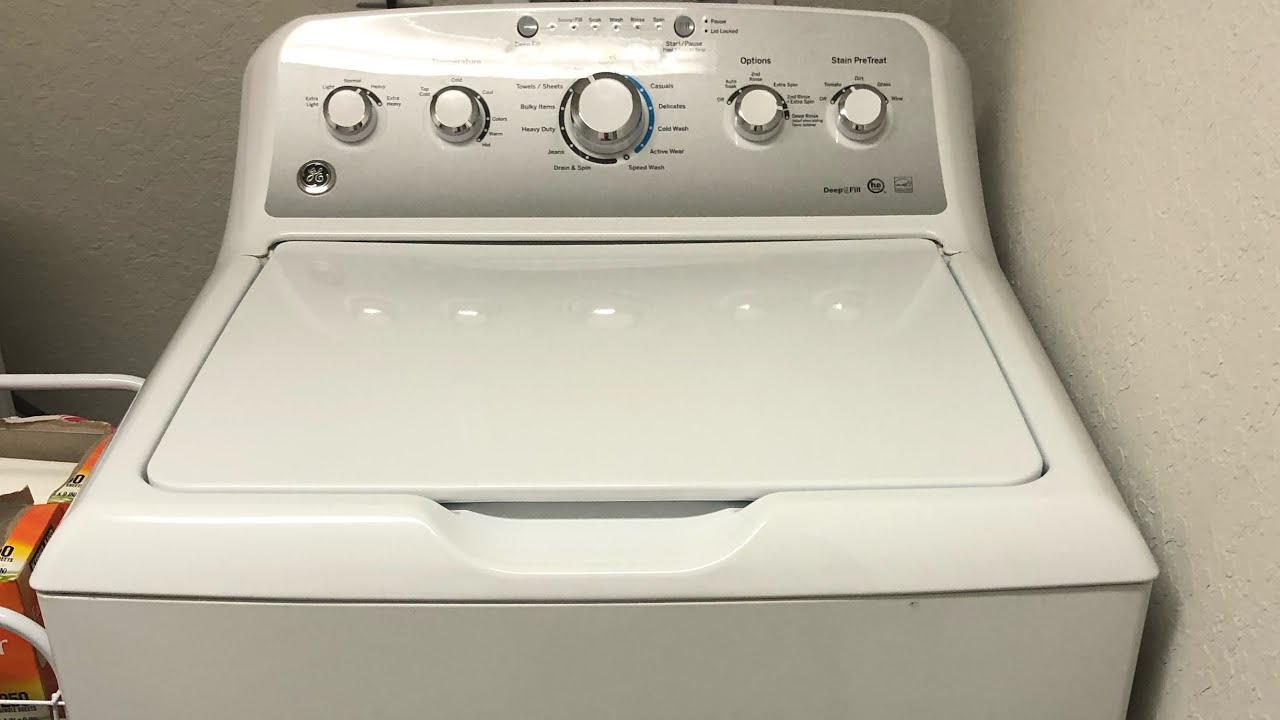
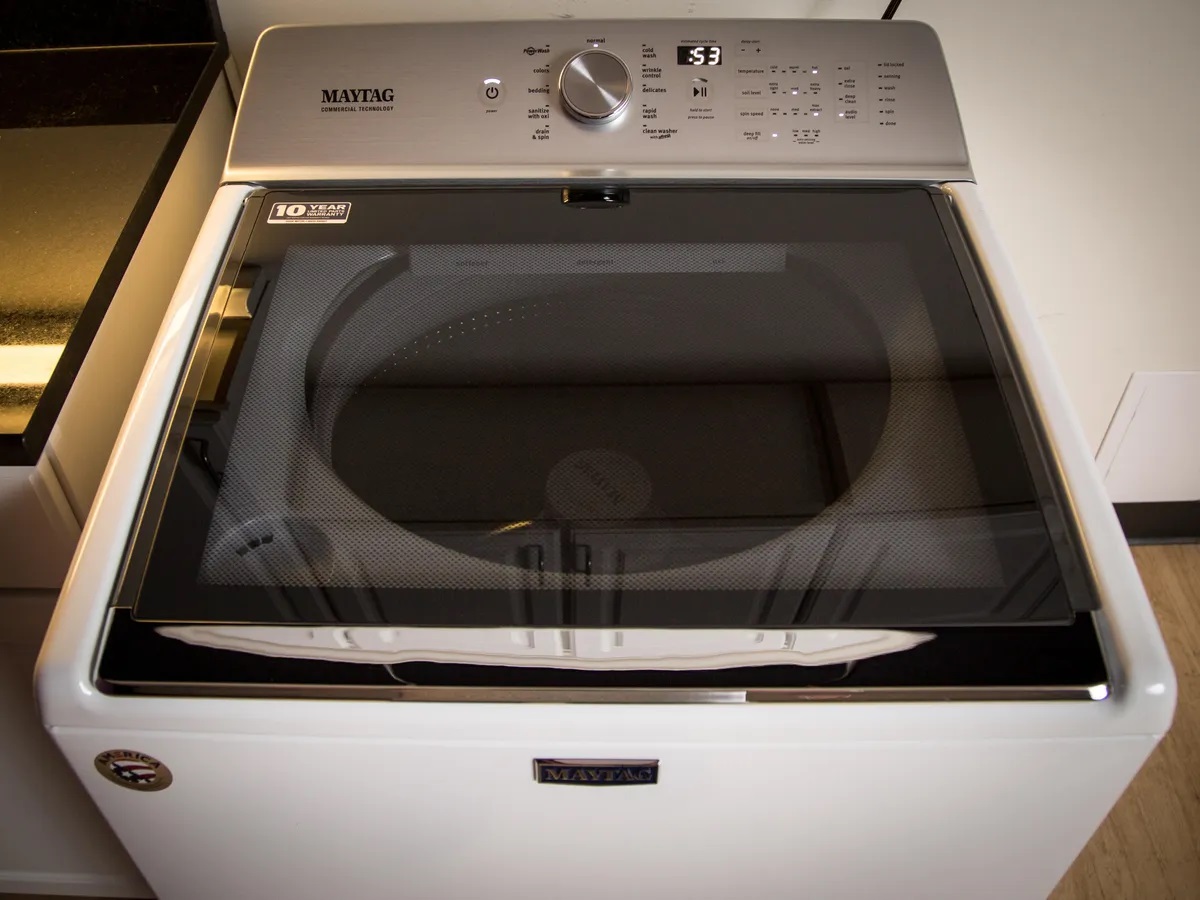
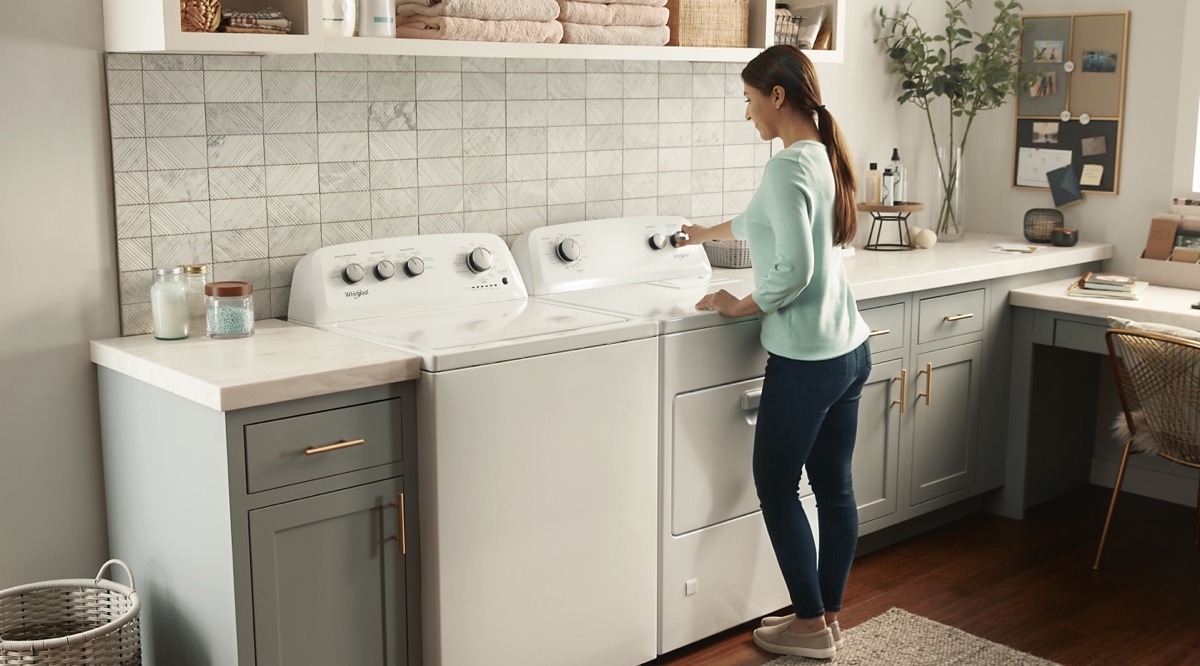
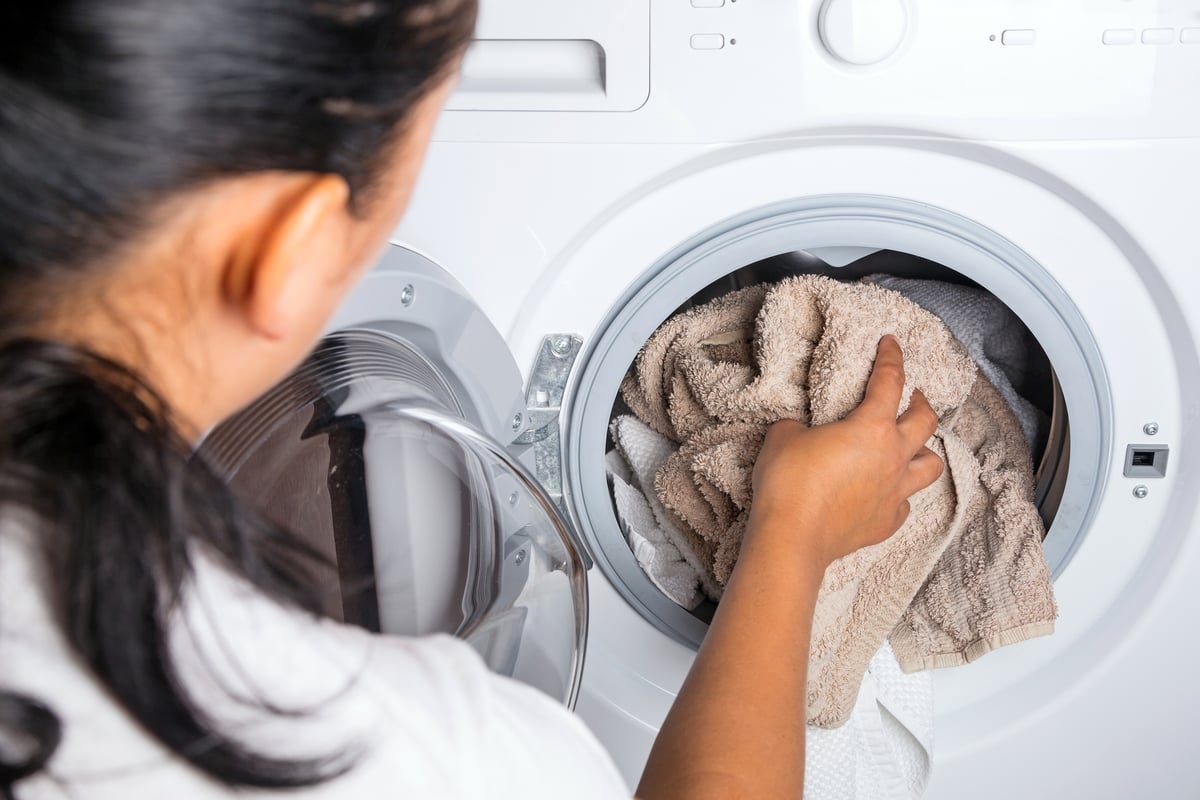
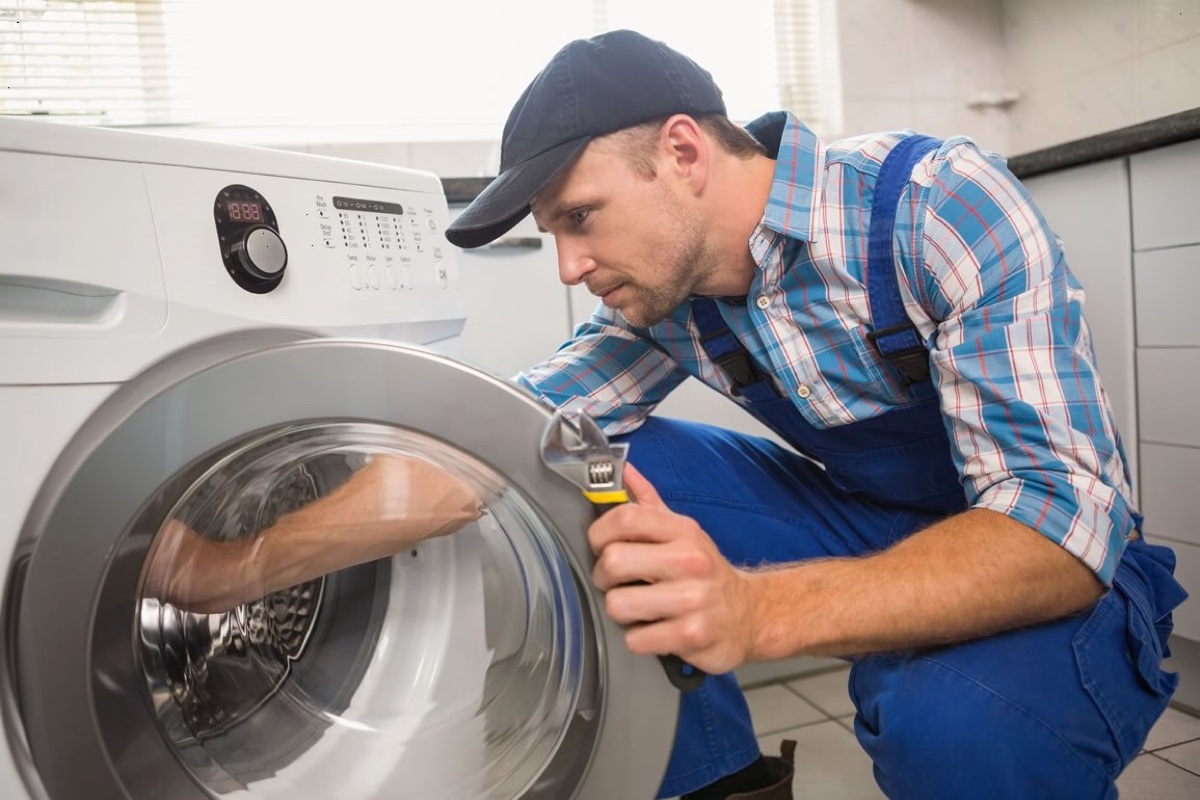
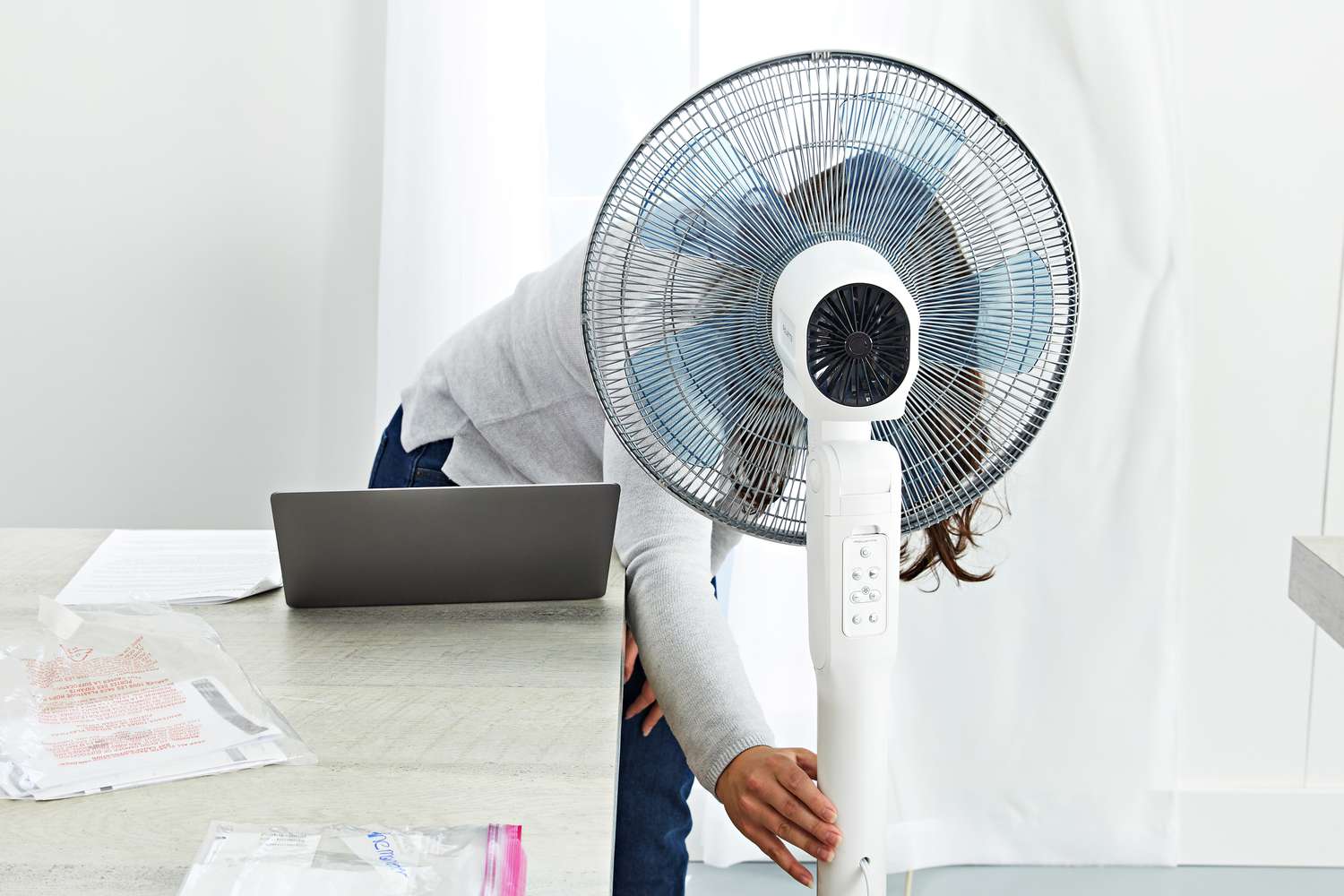
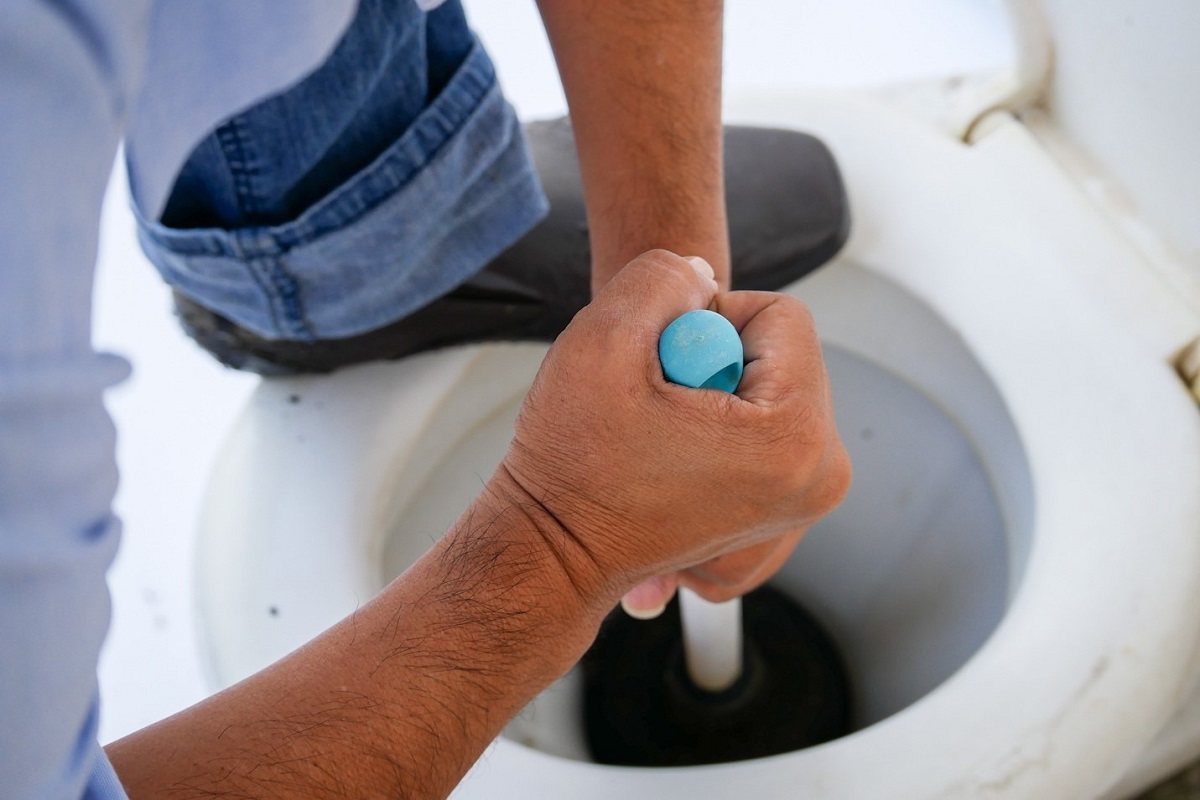
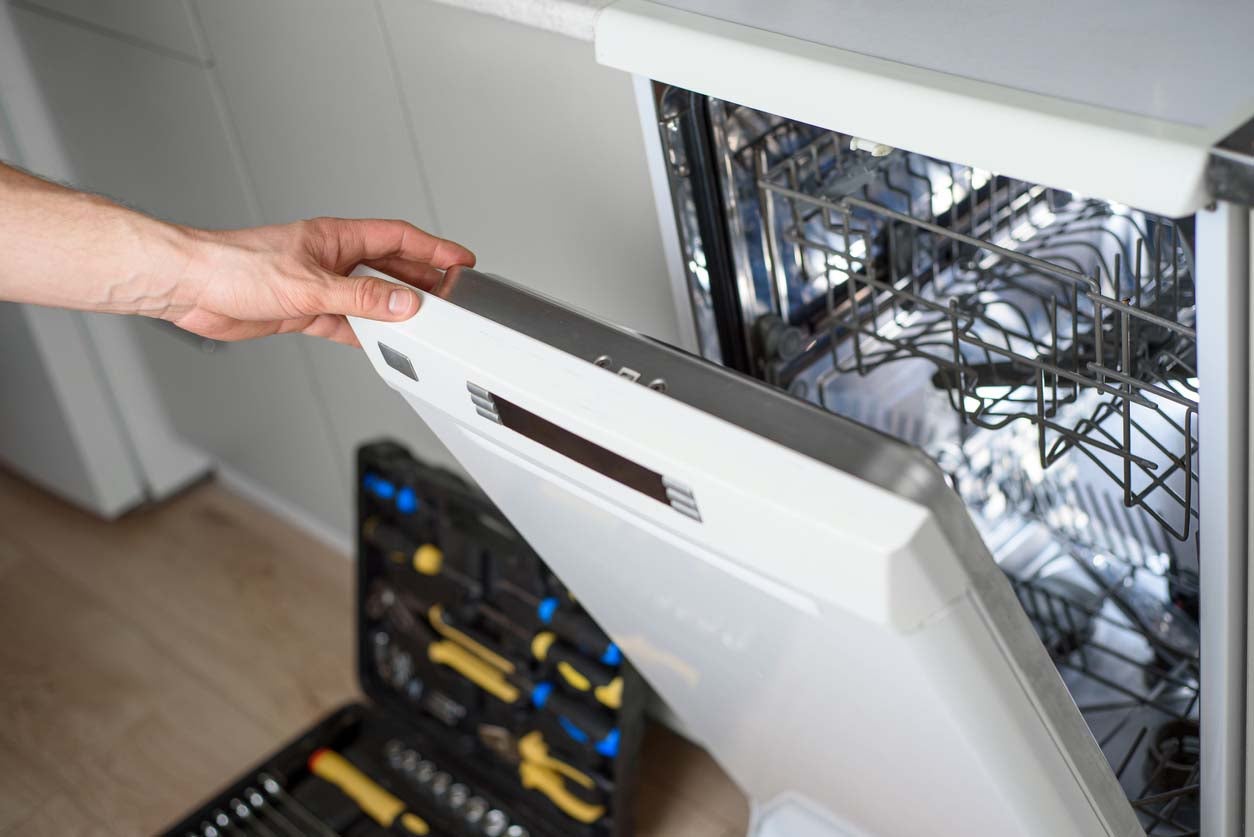
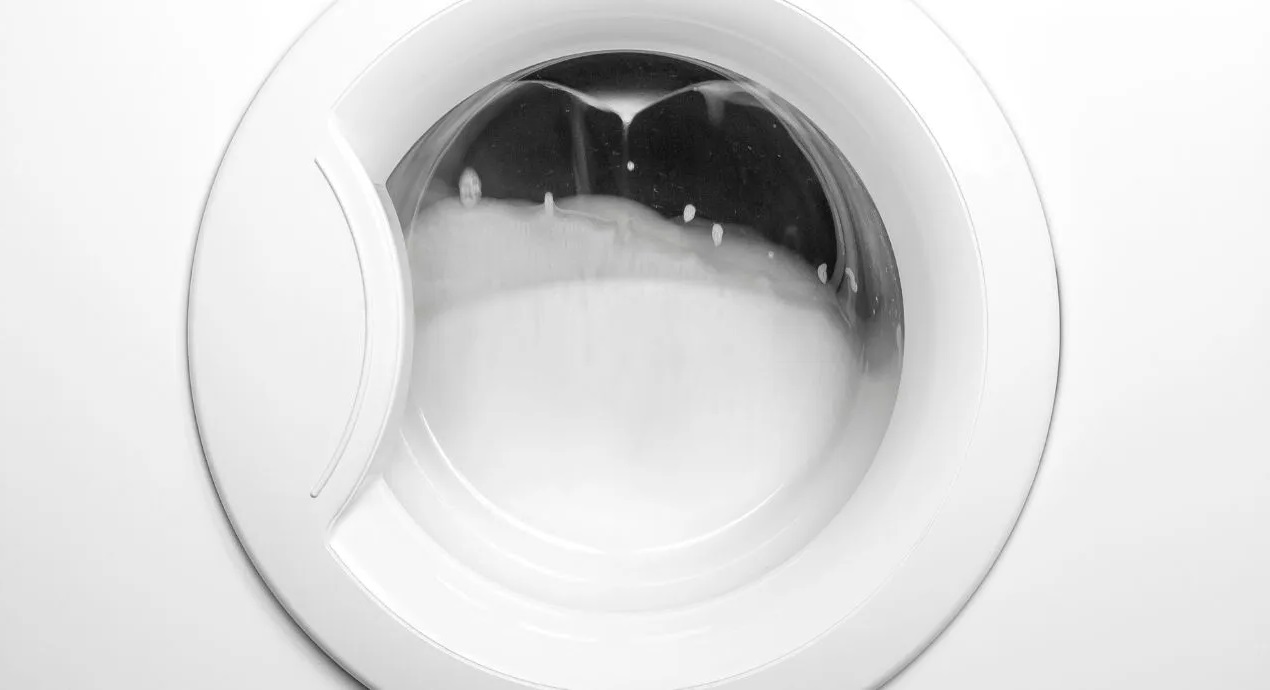
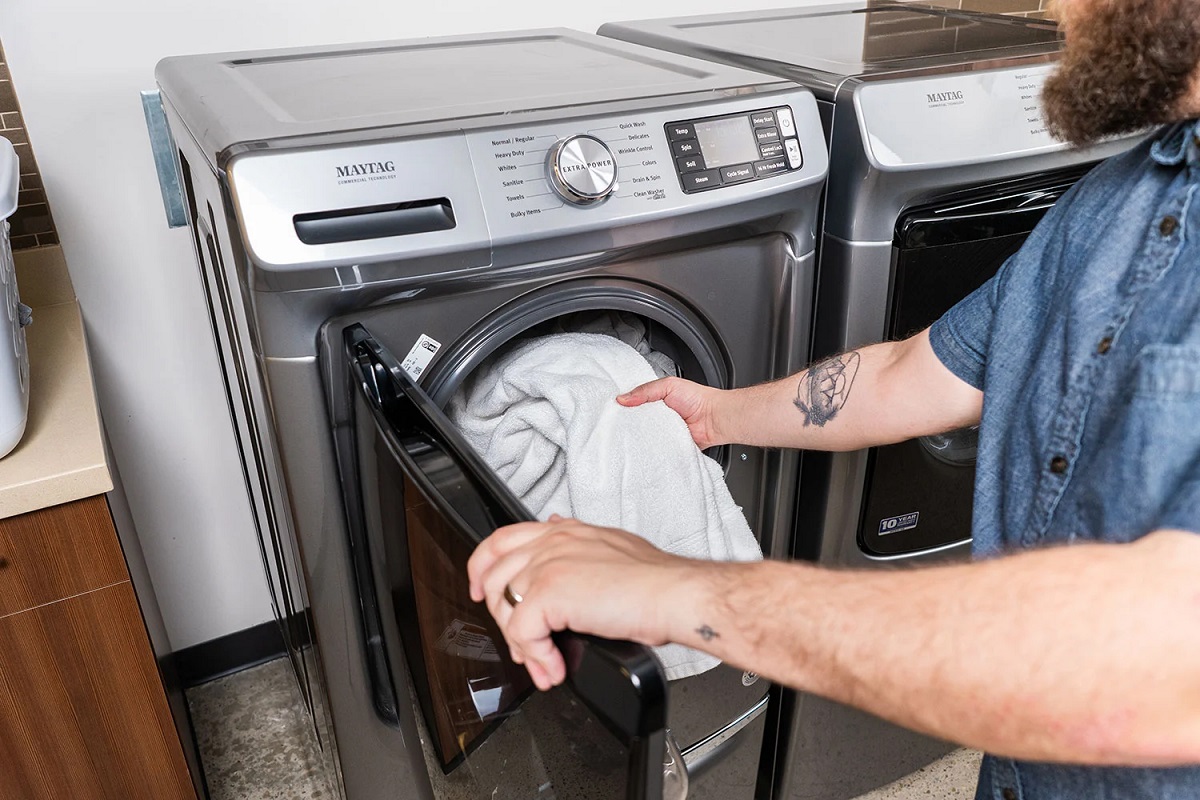
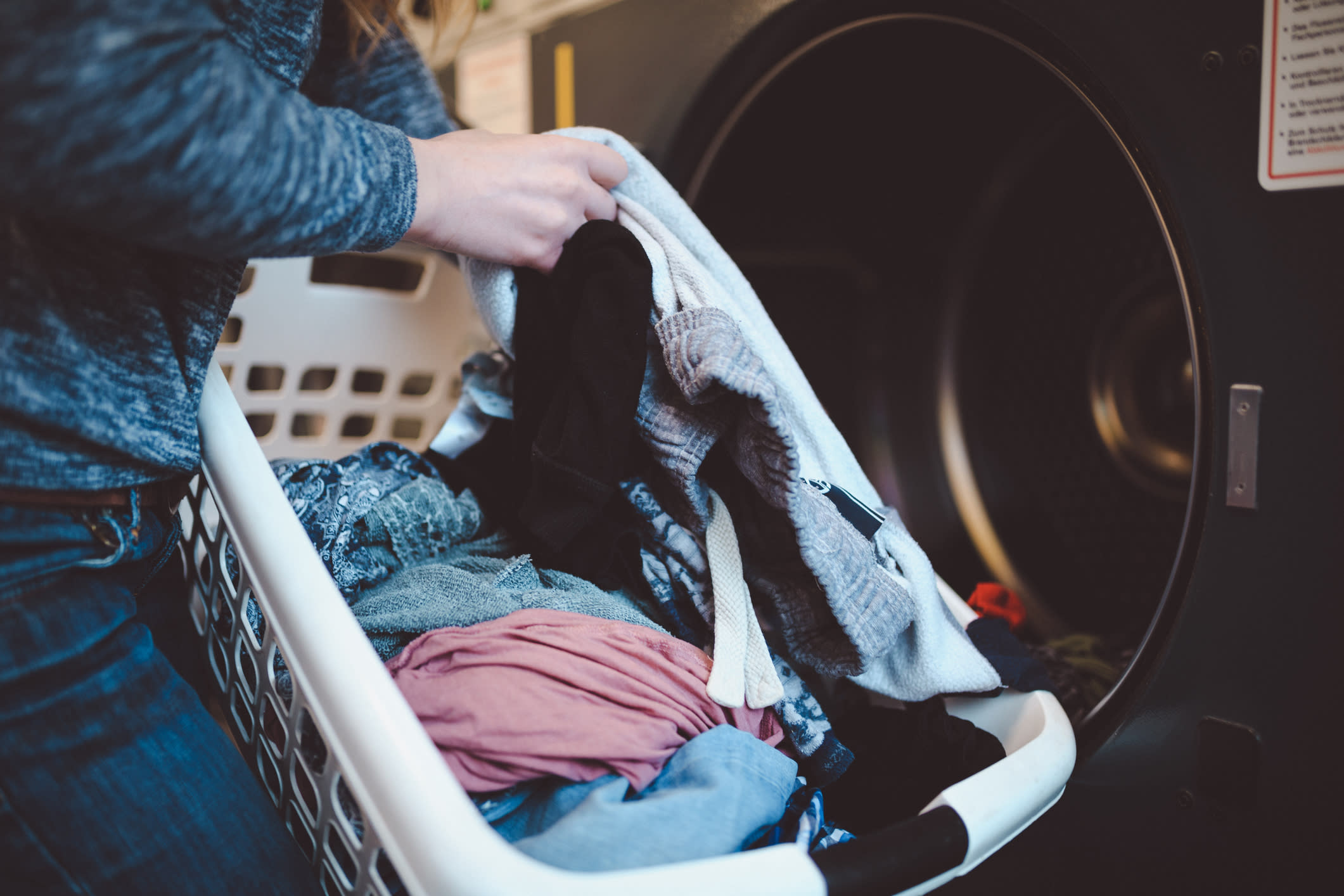
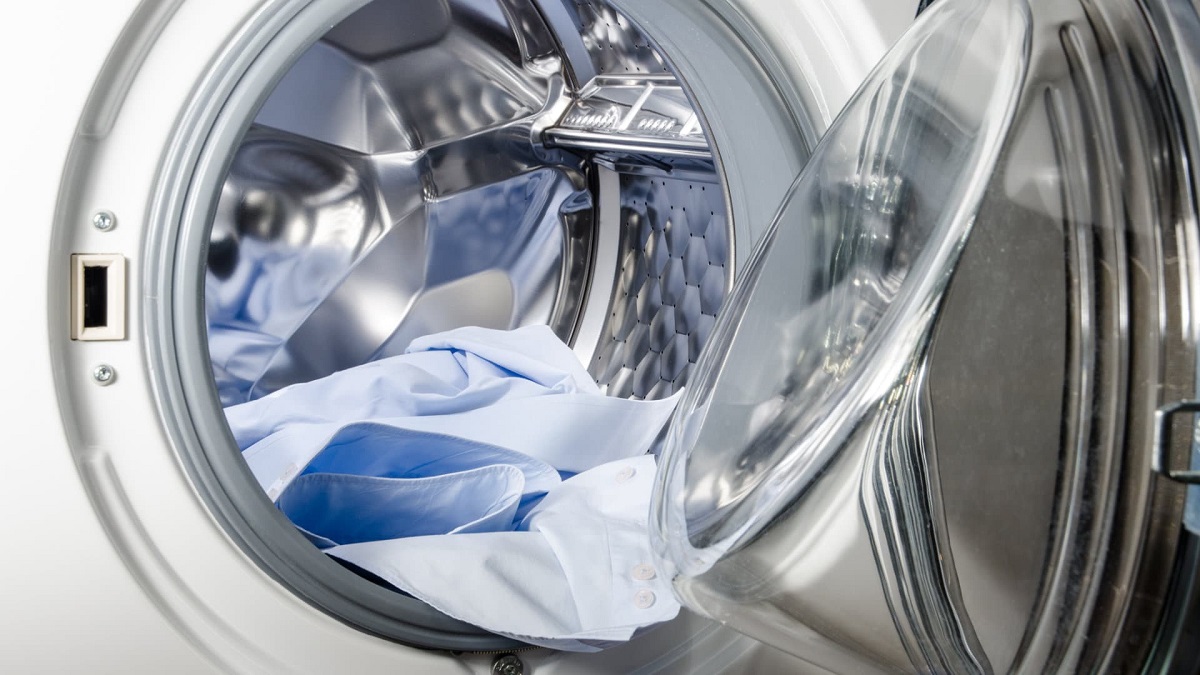

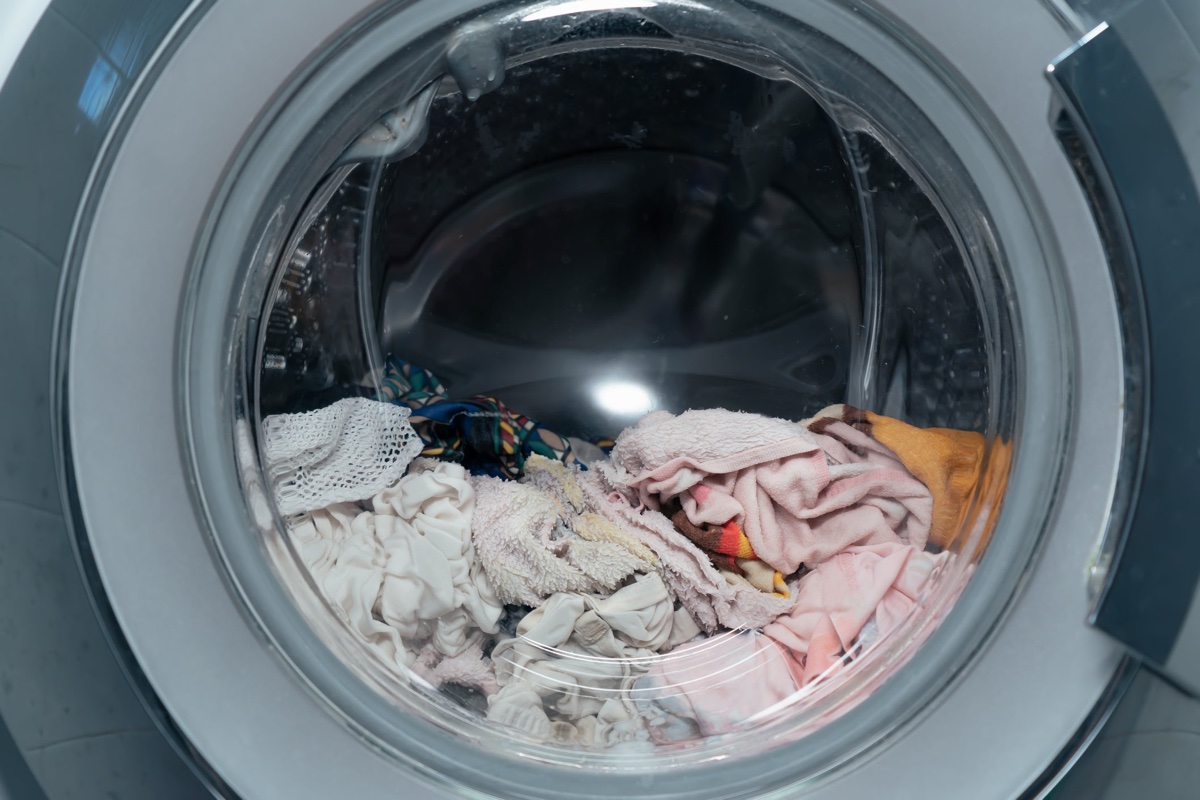

0 thoughts on “Why Won’t My Washing Machine Spin”